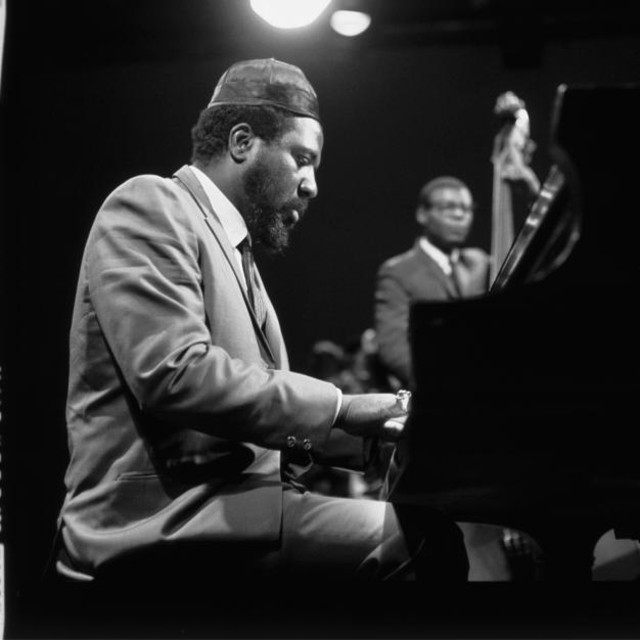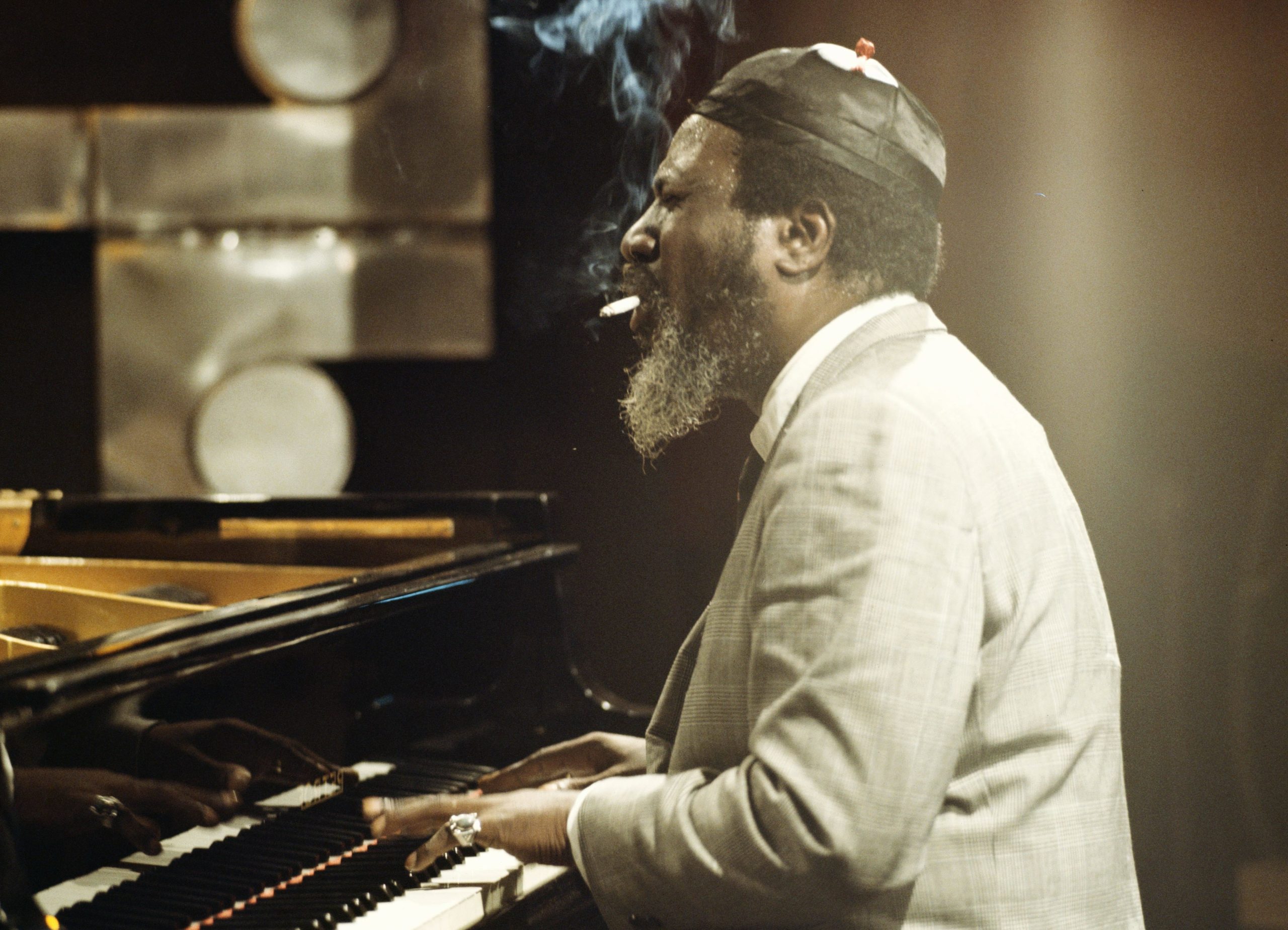Early Life and Roots
Born on October 10, 1917, in Rocky Mount, North Carolina, Thelonious Sphere Monk emerged as a luminary in the realm of jazz. His family relocated to New York City’s vibrant cultural landscape when he was just four years old, embedding him in the heart of the Harlem Renaissance. Monk’s musical journey began early, learning to play piano from his mother, who herself was an accomplished musician. The young prodigy showed remarkable talent and a penchant for improvisation from a tender age.
Musical Education and Influences
Monk’s formal music education was scant, yet his exposure to the rich musical tapestry of Harlem served as his training ground. He absorbed the syncopated rhythms of stride piano masters like James P. Johnson and Willie “The Lion” Smith, alongside the avant-garde stylings of Duke Ellington and Count Basie. However, Monk’s unique style, characterized by dissonant harmonies, angular melodies, and unpredictable rhythmic phrasing, defied easy categorization.
The Birth of a Maverick
In the 1940s, Monk rose to prominence amidst the burgeoning bebop movement, challenging conventions with his idiosyncratic approach to composition and performance. He became a central figure in the vibrant jazz scene of Minton’s Playhouse, where he collaborated with luminaries such as Charlie Parker, Dizzy Gillespie, and Kenny Clarke. Monk’s compositions, including classics like “Round Midnight,” “Blue Monk,” and “Straight, No Chaser,” showcased his innovative harmonic language and unconventional song structures.
The Blue Note Years
Monk’s career reached new heights with his partnership with the iconic Blue Note Records in the late 1940s and early 1950s. His groundbreaking albums, including “Genius of Modern Music” volumes 1 and 2, captured the essence of his musical vision. Despite critical acclaim, Monk’s avant-garde sensibilities occasionally perplexed mainstream audiences. Nevertheless, his uncompromising dedication to his artistic vision solidified his status as a trailblazer in the jazz world.
The Riverside Era and Cultural Impact
During the late 1950s and early 1960s, Monk’s collaboration with Riverside Records yielded a series of seminal recordings, including the landmark albums “Brilliant Corners” and “Monk’s Dream.” His compositions became jazz standards, influencing generations of musicians across genres. Monk’s enigmatic persona and idiosyncratic behavior only added to his mystique, cementing his reputation as a true iconoclast.
Legacy and Recognition
Despite grappling with mental health issues throughout his life, Thelonious Monk’s legacy endures as one of the most innovative and influential figures in jazz history. He received widespread recognition, including a Pulitzer Prize Special Citation in 2006 for his indelible contributions to American music. His compositions continue to be celebrated and interpreted by artists worldwide, reaffirming his status as a visionary whose impact transcends the boundaries of genre and time.
Conclusion
Thelonious Monk’s life and music remain a testament to the power of individuality and innovation in the realm of artistic expression. His uncompromising dedication to his craft, coupled with his fearless exploration of new sonic frontiers, ensured his place in the pantheon of jazz immortals. Beyond his musical prowess, Monk’s enigmatic persona and enduring influence continue to captivate and inspire audiences, reminding us that true genius knows no boundaries.


No responses yet